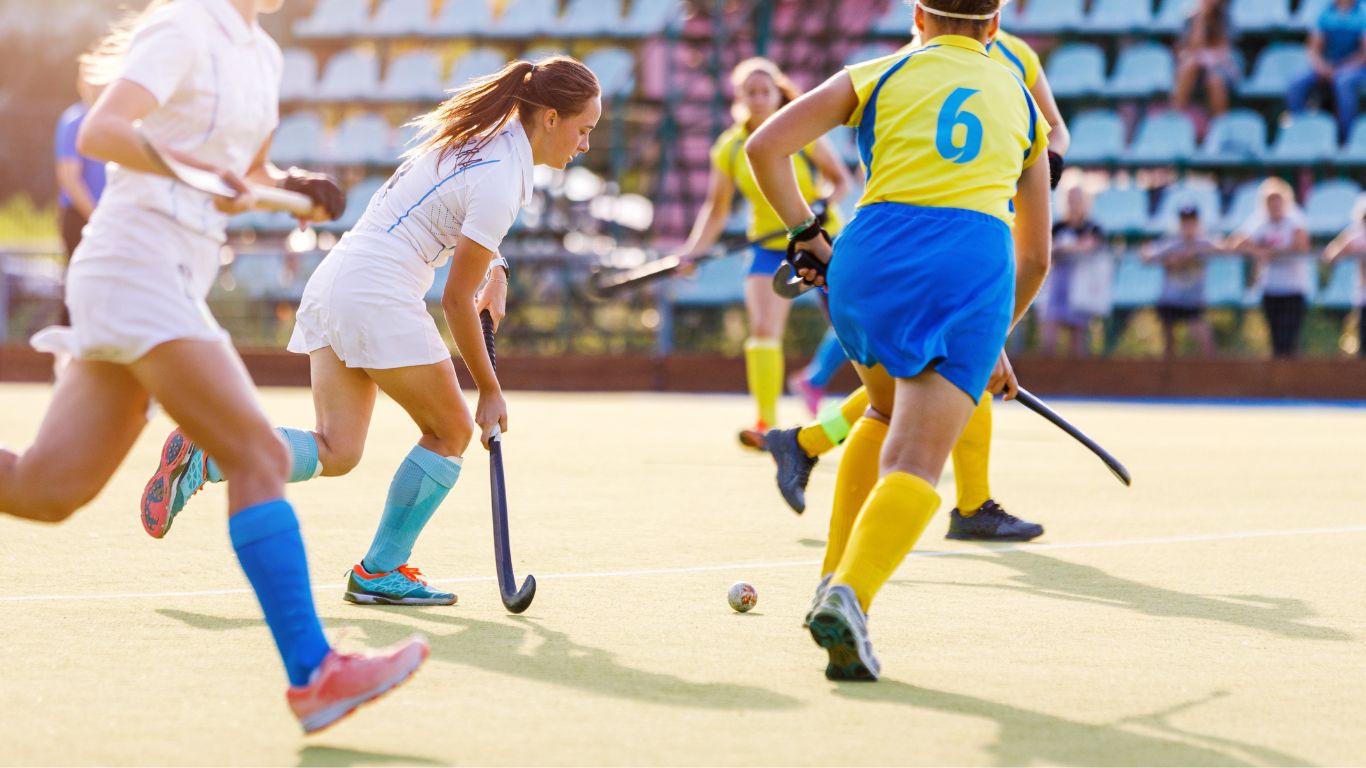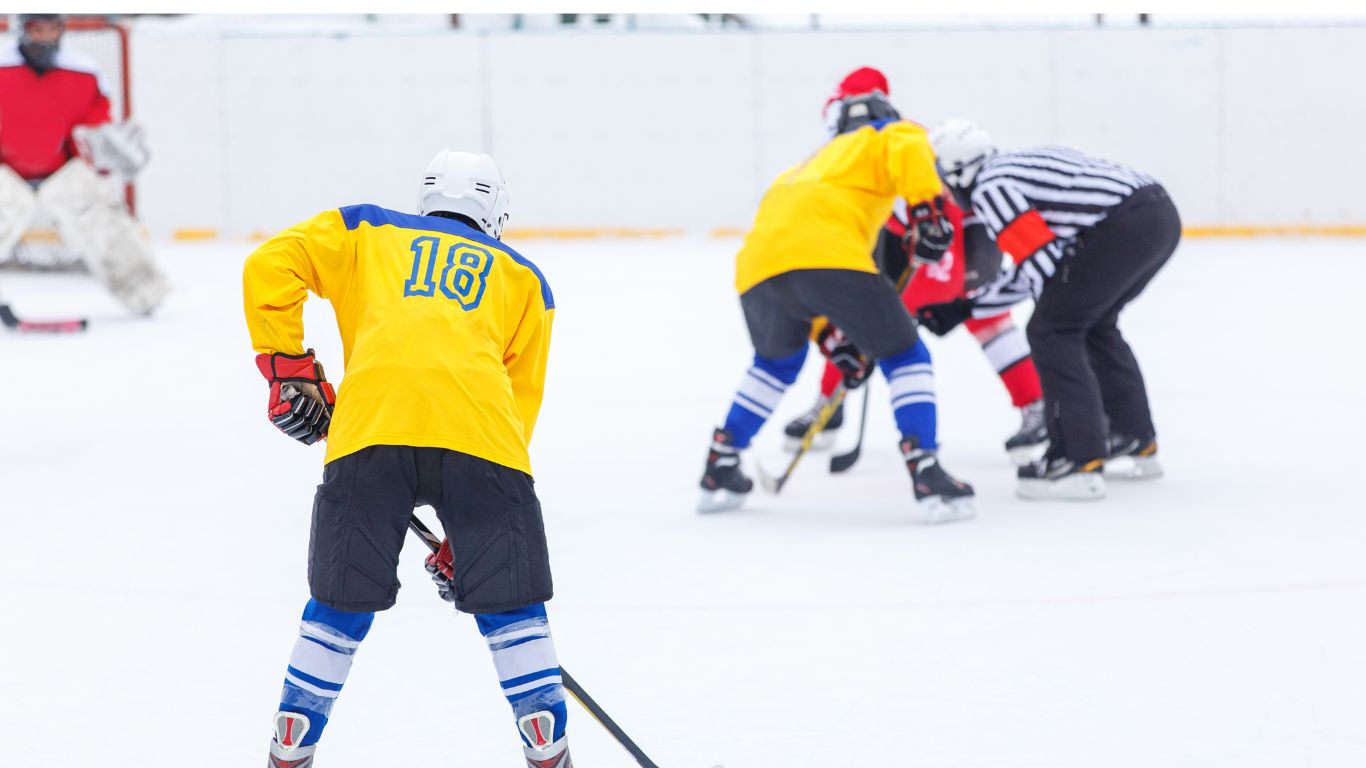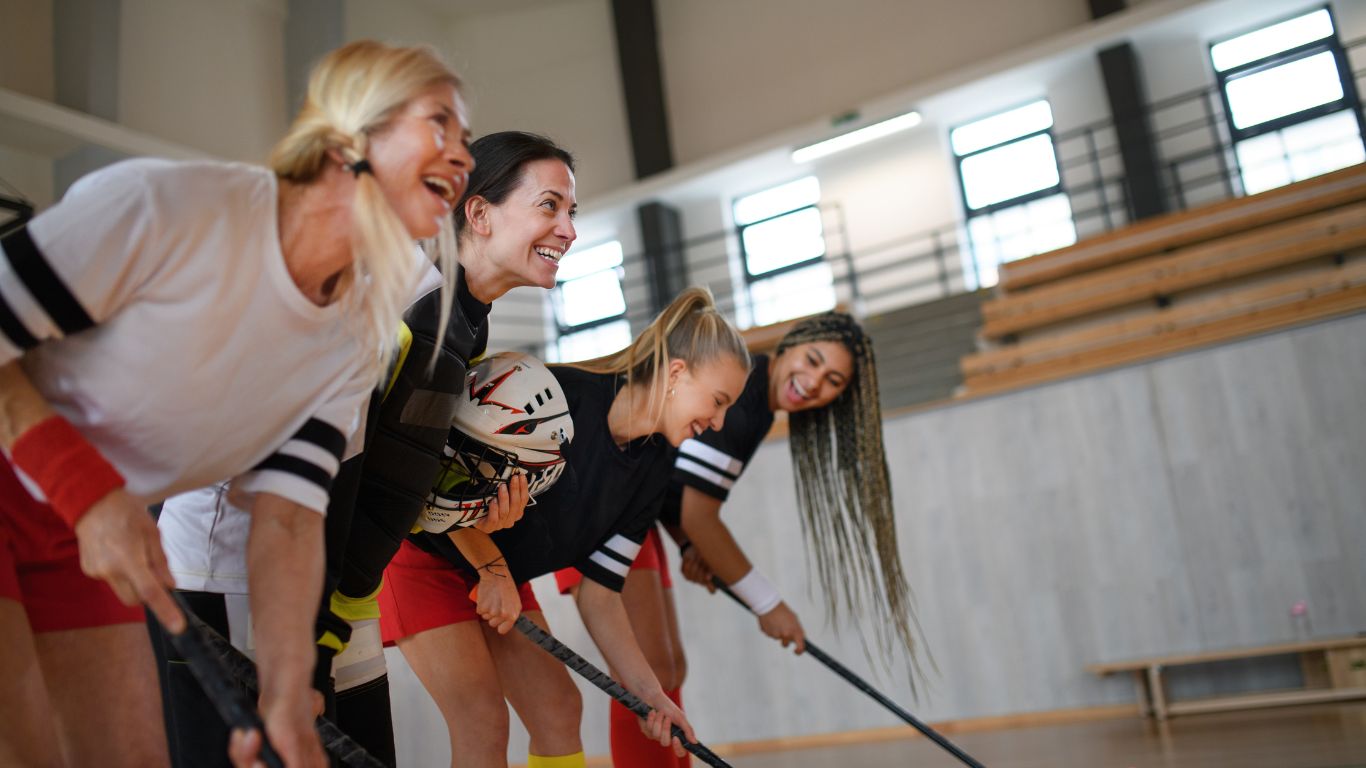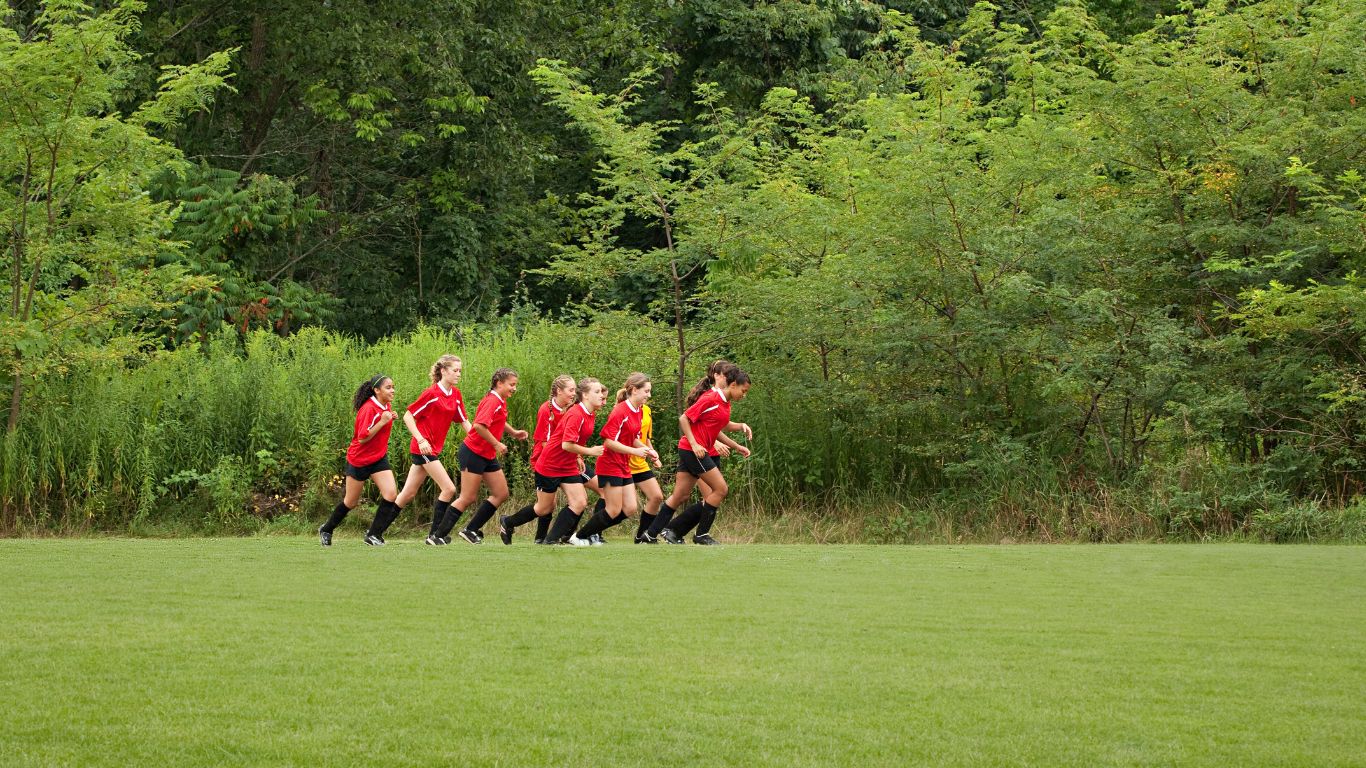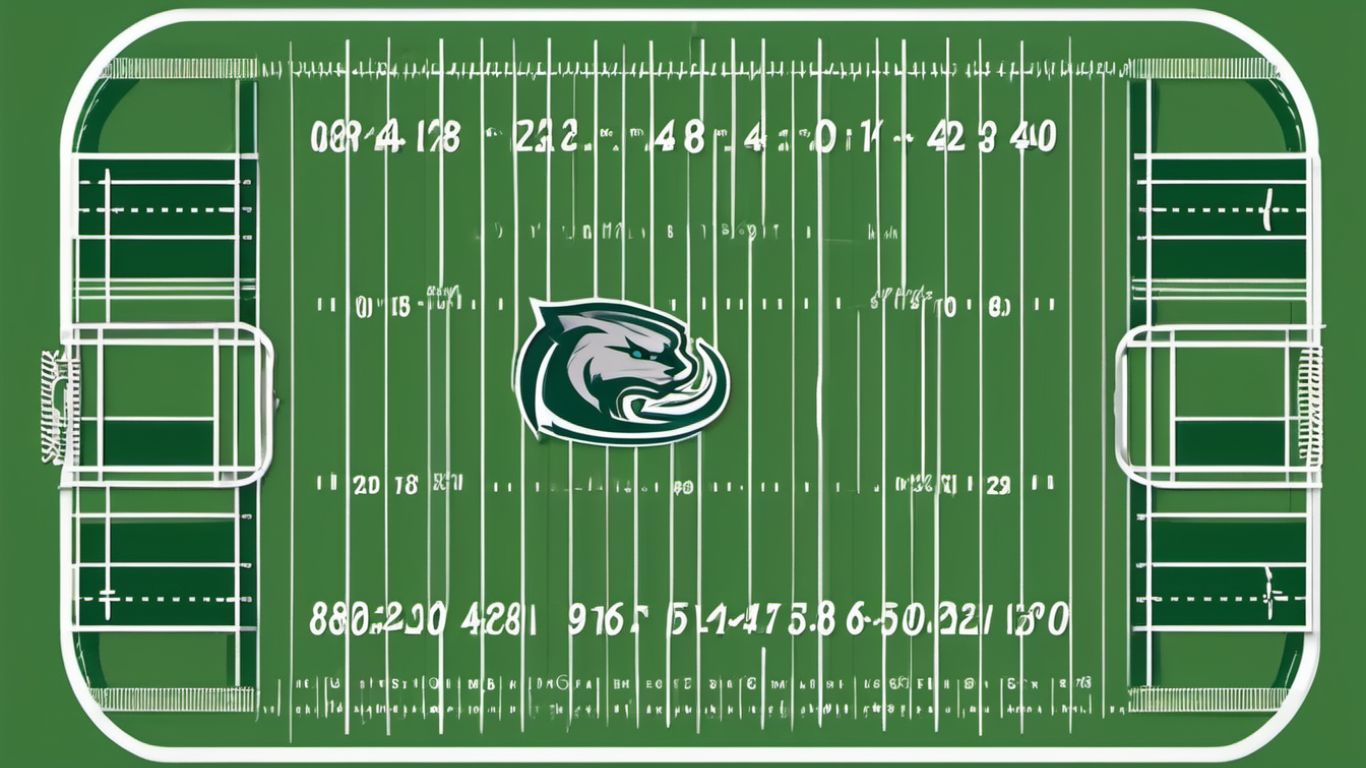Field hockey is a thrilling and dynamic team sport with roots that stretch back over 4,000 years to ancient Egypt. The modern form of the game, however, took shape in the British Isles in the late 19th century. Today, it enjoys global popularity and is played by millions around the world.
History of Field Hockey
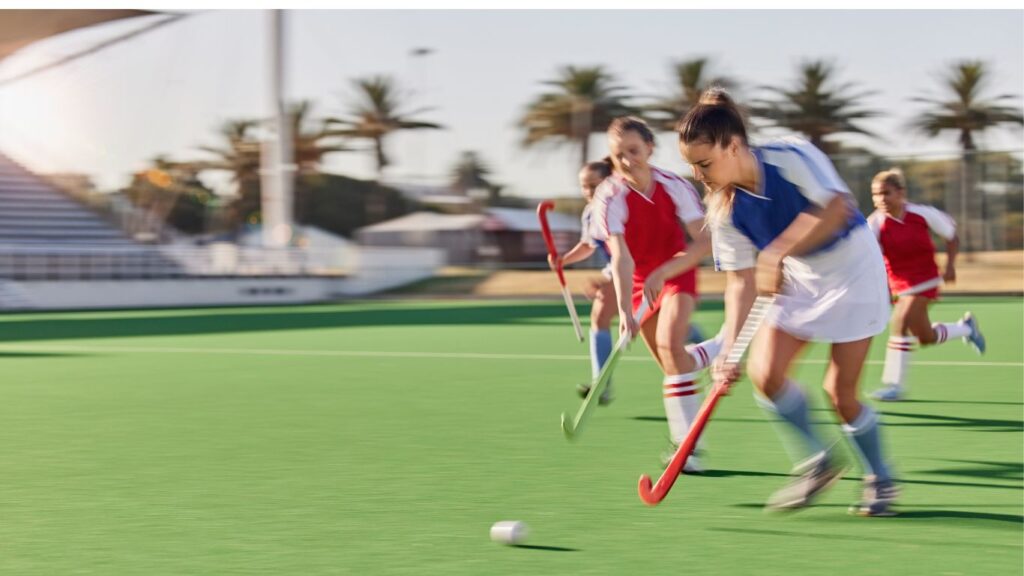
- Ancient Origins: Early forms of field hockey were played in ancient Egypt with rudimentary sticks and balls.
- Modern Development: The contemporary version of field hockey originated in England in the late 19th century. The Hockey Association, formed in 1886, standardized the game with the first set of rules published in 1887.
- Olympic Introduction: Field hockey made its Olympic debut in 1908, elevating its status on the international stage.
- World Cup Beginnings: The first men’s World Cup was held in 1971, followed by the first women’s World Cup in 1974.
Equipment Used in Field Hockey
- Field Hockey Stick: A J-shaped stick made from wood, fibreglass, or carbon fibre, designed for hitting the ball with precision.
- Field Hockey Ball: A hard, plastic ball made for various playing conditions.
- Shin Guards & Mouthguard: Essential for protecting players from injuries caused by the ball or stick.
- Goalkeeper Gear: Includes a helmet, padded gloves, leg guards, and kickers for maximum protection.
- Optional Equipment: Cleated shoes for better traction and specialized clothing for comfort.
Basic Rules of Field Hockey
- Teams: Each team consists of 11 players, including a goalkeeper.
- Objective: Score goals by hitting the ball into the opponent’s net using the flat side of the stick.
- Gameplay:
- Two halves, each lasting 35 minutes, with a halftime break.
- Only the goalkeeper can use their feet, hands, or body to play the ball within the striking circle.
- Substitutions are allowed during game stoppages without timeouts.
- Free hits, penalty corners, or penalty strokes are awarded for fouls.
Player Positions
- Goalkeeper: The last line of defence, responsible for blocking shots on goal.
- Forwards: Primarily tasked with scoring goals.
- Midfielders: Play both offence and defence, linking the forwards and defenders.
- Defenders: Protect the goal area and stop the opposing team’s forwards.
Fundamental Skills and Techniques
- Dribbling: Maneuver the ball with control and speed to evade opponents.
- Passing: Accurate and strategic distribution of the ball to teammates.
- Shooting: Precision and power in aiming to score goals.
Global Popularity

- Field hockey is played in over 100 countries, with Europe, South Asia, and Oceania having strong national leagues and high participation levels.
- Countries like the Netherlands, India, Australia, and Argentina have particularly strong traditions in the sport.
- Major international events include the Men’s and Women’s Hockey World Cups and the Olympic Games.
Notable Players
- Dhyan Chand (India): Known as one of the greatest field hockey players in history.
- Luciana Aymar (Argentina): Often called the “Maradona of field hockey.”
- Jamie Dwyer (Australia): Celebrated for his extraordinary skills and numerous accolades.
FAQs
What is the size of a field hockey pitch?
A standard field hockey pitch is 100 yards (91.4 meters) long and 60 yards (55 meters) wide. The goals are 7 feet (2.14 meters) high and 12 feet (3.66 meters) wide.
How long is a field hockey game?
A field hockey game consists of two halves, each lasting 35 minutes, with a 10-minute halftime break. However, some variations and tournaments may have different time regulations.
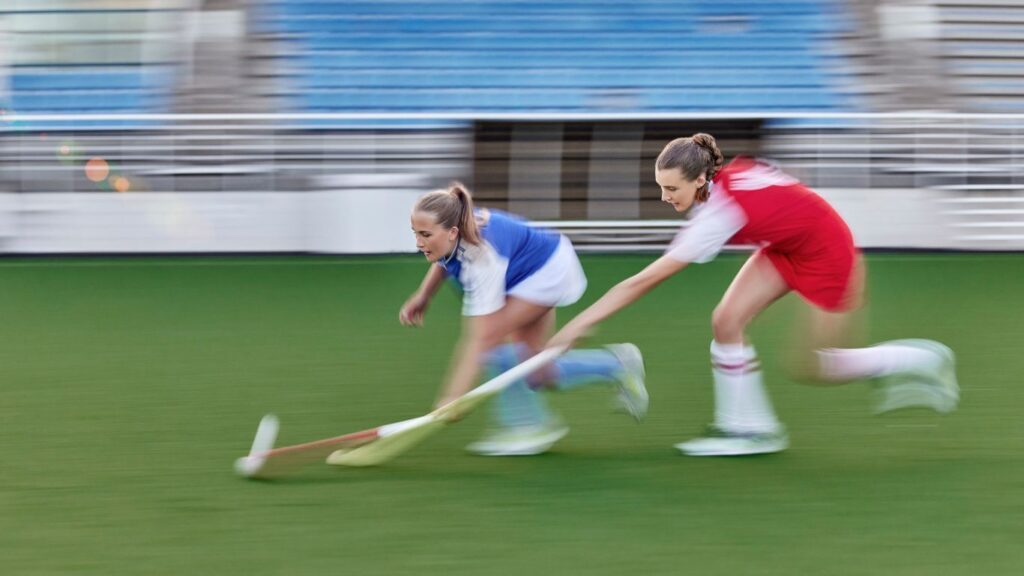
Can you use both sides of the field hockey stick?
No, players are only allowed to use the flat side of the field hockey stick to hit, dribble, and control the ball.
What are the positions in field hockey?
The key positions in field hockey include the goalkeeper, defender, midfielder, and forward. Each position has specific responsibilities that contribute to the team’s overall performance.
What happens when a foul is committed?
When a foul is committed, the opposing team may be awarded a free hit, penalty corner, or penalty stroke, depending on the severity and location of the foul.
Are there different types of field hockey surfaces?
Yes, field hockey can be played on various surfaces such as natural grass, artificial turf, and indoor courts. The type of surface can affect the speed and style of play.
How are international field hockey tournaments structured?
International field hockey tournaments, like the World Cup and the Olympics, typically involve round-robin group stages followed by knockout rounds culminating in the final.
What safety equipment is required for field hockey?
Players are required to wear shin guards and a mouthguard. Goalkeepers must also wear a helmet, padded gloves, leg guards, and kickers. Optional equipment includes cleated shoes for better traction.
Conclusion
Field hockey is a vibrant sport with a rich history and a significant following worldwide. It requires a blend of technical prowess, physical fitness, and tactical intelligence. Whether you’re a player or a fan, field hockey offers an engaging and rewarding experience. Explore the dynamic world of field hockey and become part of a community that spans continents and generations.






